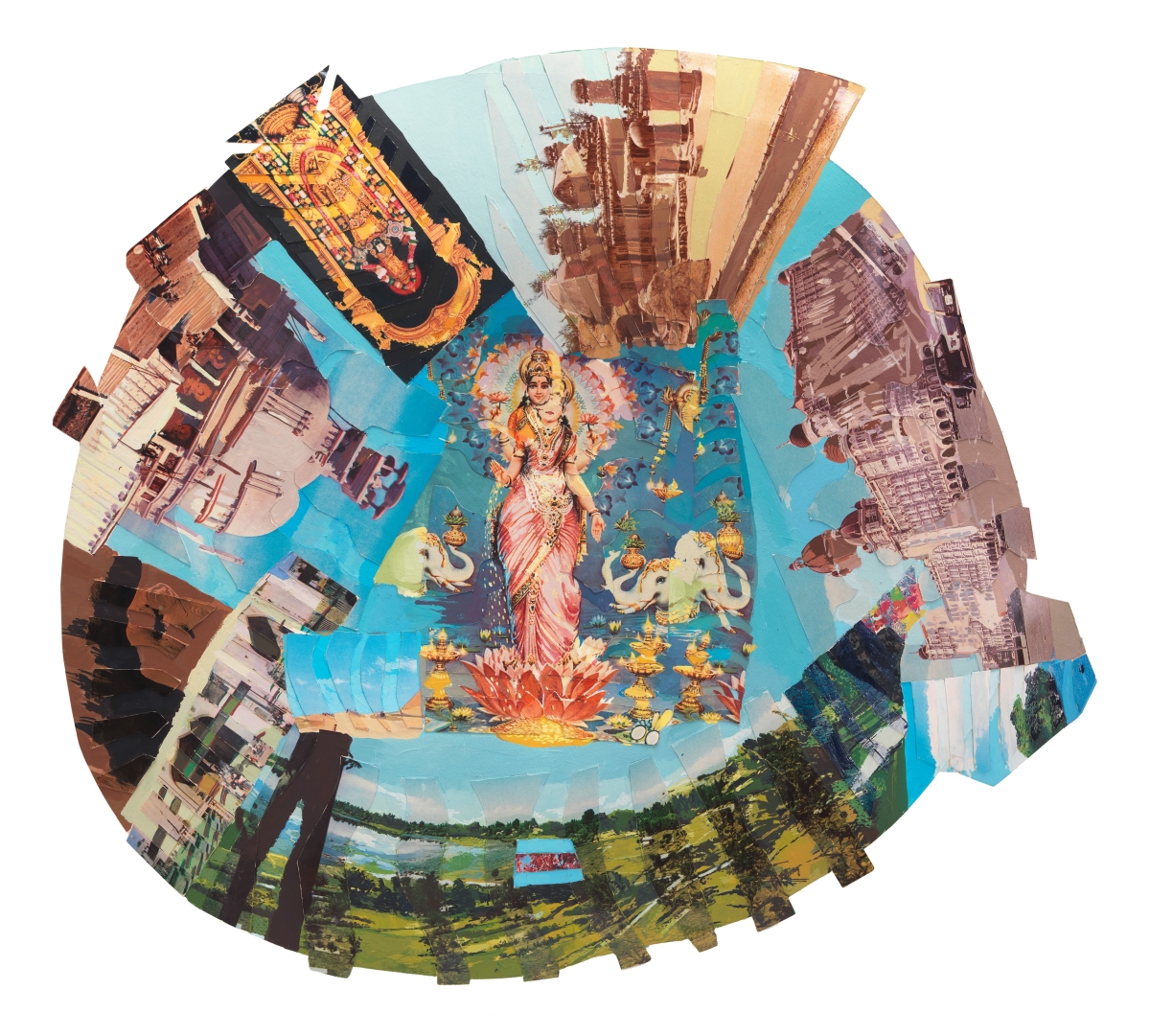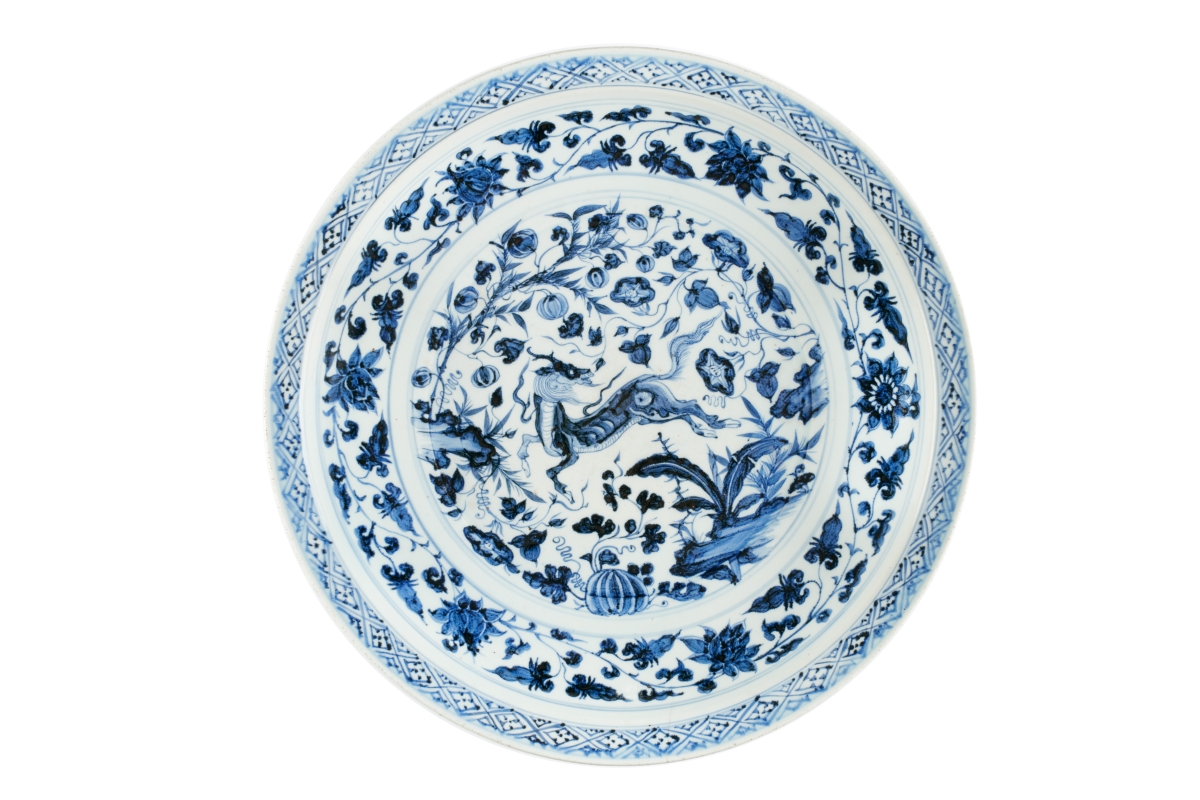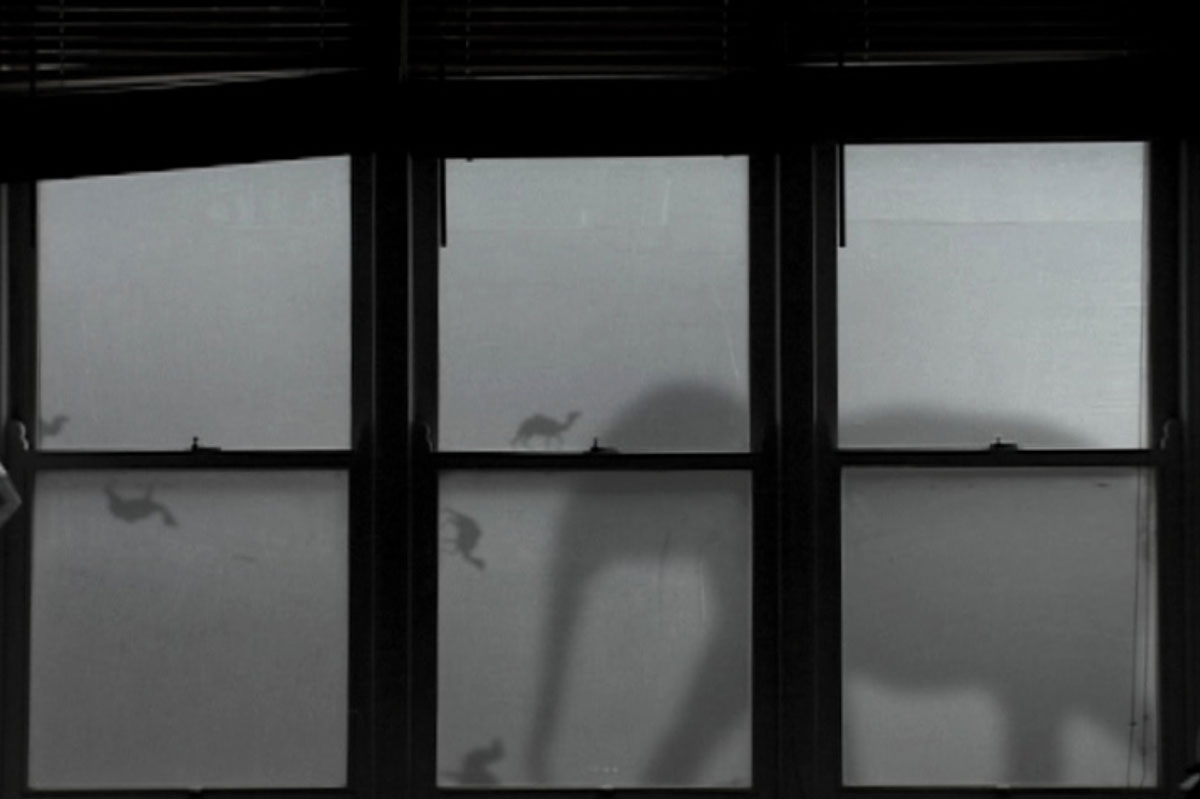ASIA WEEK NEW YORK EXHIBITIONS

Howardena Pindell, Autobiography: India (Lakshmi), 1984, mixed media collage on paper. 18 x 20 1/2 x 2 in. (45.7 x 52.1 x 5.1 cm); Courtesy of the artist and Garth Greenan Gallery, New York
(Re)Generations: Rina Banerjee, Byron Kim, and Howardena Pindell amid the Mr. and Mrs. John D. Rockefeller 3rd Collection
March 4, 2025 – January 4, 2026 (newly extended)
Patrons Preview Tour: Monday, March 3, 5:30-6pm
Members-Only Opening: Monday, March 3, 6-9pm
This exhibition reintroduces key works in Asia Society Museum’s Mr. and Mrs. John D. Rockefeller 3rd Collection of pre-modern Asian art through the lenses of three leading contemporary artists: Rina Banerjee, Byron Kim, and Howardena Pindell. Each artist has selected a number of works in the collection within which to situate their own new and existing works, approaching historic objects in the collection through their practices and from multiple cultures, heritages, and positions. Creating dialogues across multiple histories and places, these artists offer a range of new insights and entry points into the collection.
To learn more, click here.

Platter, Yuan period, mid-14th century, China, Jiangxi Province, porcelain painted with underglaze cobalt blue (Jingdezhen ware), h. 3 in. x diam. 18 3/8 in. (7.6 x 46.7 cm); Asia Society, New York: Mr. and Mrs. John D. Rockefeller 3rd Collection, 1979.151.
Imperial Treasures: Chinese Ceramics of the Yuan and Ming Dynasties from the Mr. and Mrs. John D. Rockefeller 3rd Collection
February 18, 2025 – January 4, 2026 (newly extended)
Known for exquisite porcelain production and expansive trade, the Ming dynasty (1368–1644) represents a period of Chinese imperial rule between the fall of the Mongol Yuan dynasty (1271–1368) and the rise of the Manchu Qing dynasty (1644–1911). The approximately 20 works selected for this exhibition demonstrate how early Ming ceramics inherited the rich and culturally diverse legacy of the Mongol rulers by adopting foreign influences through vibrant trade with the Islamic and Central Asian worlds and combining them with indigenous Chinese traditions.
To learn more, click here.

Hiraki Sawa. trail, detail, 2005. Single-channel video with animation and sound. Duration: 14 minutes. Asia Society, New York: Gift of Mr. and Mrs. Harold and Ruth Newman, 2011.18
Hiraki Sawa: Journeys in Place
March 4, 2025 – January 4, 2026 (newly extended)
Japanese-born and London-based Hiraki Sawa creates video works that explore psychological landscapes, unexpected worlds, and the playful interweaving of domestic and imaginary spaces. His works traverse specific, often personal, landscapes to consider memory, migration, and displacement. Asia Society invited Sawa to frame his video trail (2005), held in the museum’s collection, with a selection of works from the Mr. and Mrs. John D. Rockefeller 3rd Collection, echoing the approach of the exhibition (Re)Generations in the museum’s 2nd- and 3rd-floor galleries. His selection of a small-scale pair of lion-dogs (flanking the video monitor) and bixies (mythical creatures) relate to the miniaturized camel who is the main protagonist of trail. Asia Society’s beloved elephant-headed sandstone Ganesha completes the display, bringing joy, good luck, and wealth to the many who venerate the popular deity.
Sawa’s trail is looped with his works fantasmagoria (2017) and pilgrim (2022), while the artist-made monitor box on view loops dwelling (2002) and elsewhere (2003). All five videos present abstracted montages of spaces that are intimate to the artist.
To learn more, click here.

